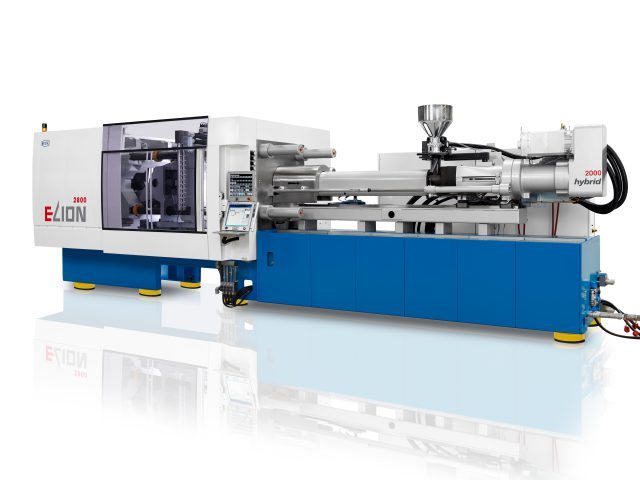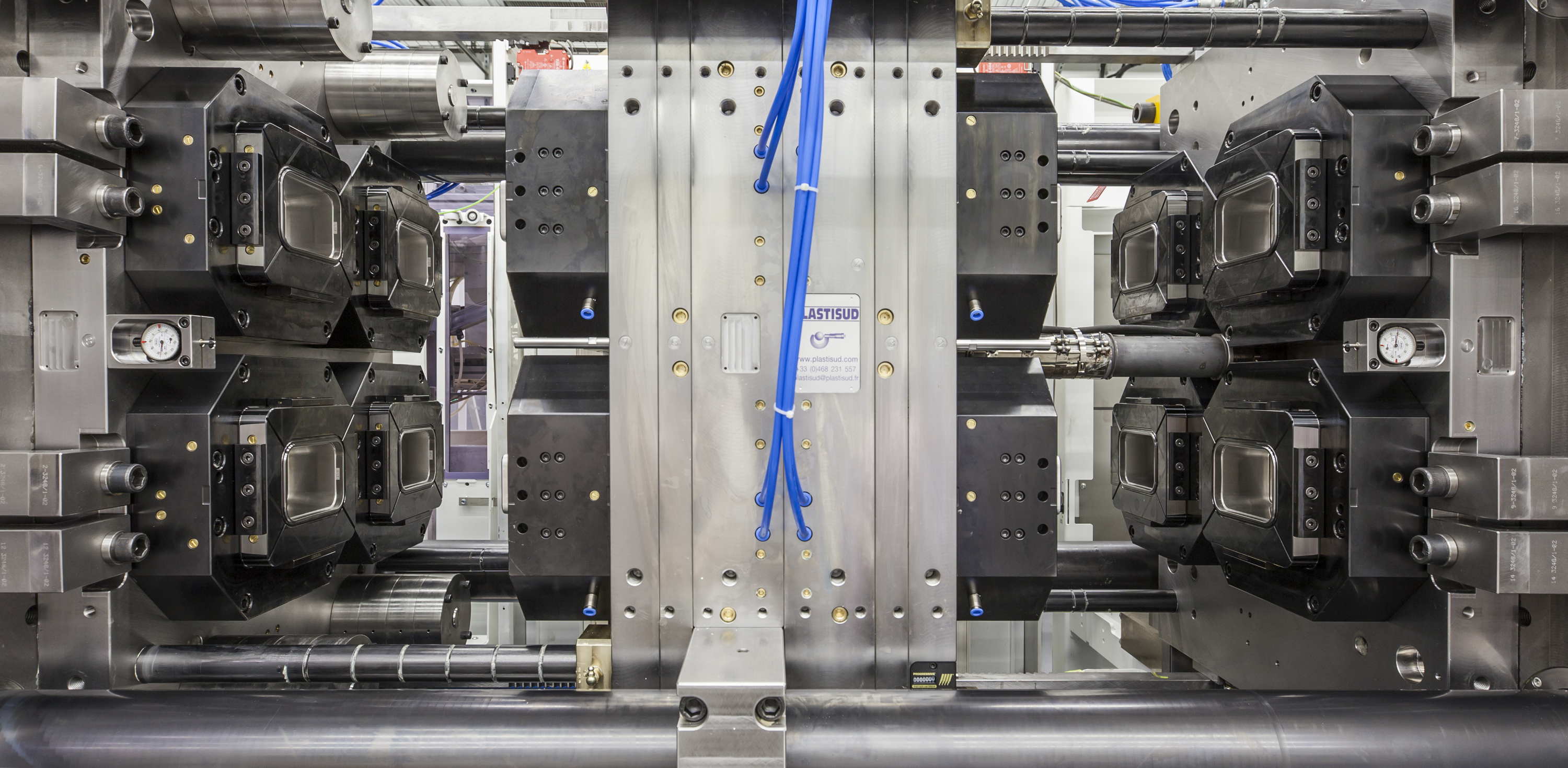At packaging exhibition K 2016, Netstal will demonstrate the injection-compression molding (ICM) technology by means of a 425 g margarine packaging made of polypropylene or PP.
The container weighs 10.7 g and is produced with 4+4 cavities and a cycle time of five seconds on an ELION 2800-2000.
There is also an automation solution for removing and inserting the in-mold label (IML).
In the sample production of a yogurt container, the purchasing price of the injection molding machine has an impact of 4% on the calculation of the unit costs.
At about 60%, however, the material had an enormous impact on the costs per produced unit.
If an IML system is added, the machine component drops even further to 3%.
The injection-compression process is different from conventional injection molding due to the resulting material shrinkage while the melt is cooling in the cavity, also referred to as the ‘shrinking effect’.
In conventional injection molding, this is carried out during the hold pressure phase by ‘pressing in’ additional material.
Conversely, during the ICM procedure, the ‘shrinking effect’ is compensated by the actual compression process, where there can be up to 20% of material savings.
Due to the fast injection times, the filling of the cavities is quick yet even.
The reduced pressure means unwanted stresses in the product are avoided.
In comparison to conventional injection molding, the pressure distribution in the cavity is uniform that leads to a noticeable reduction in distortion.
An improvement in filling behavior with very high flow path/wall thickness ratio is also made possible.
In the comparative calculation, the unit costs can be reduced by up to 10% with this process.











